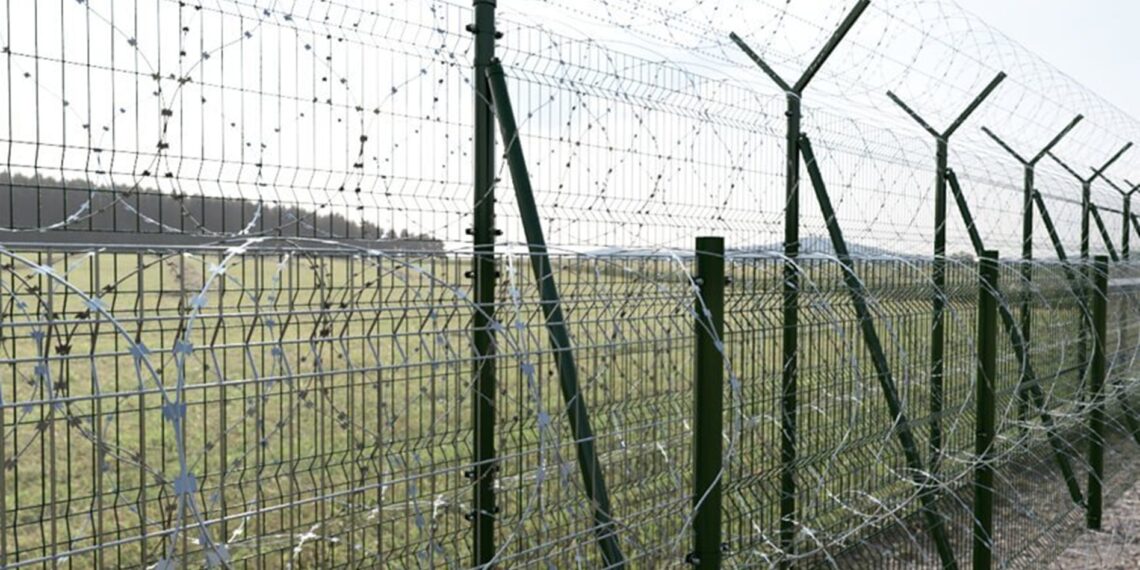Bangladesh’s official intelligence and security community has proposed that the “establishment of a Rohingya Safe Zone” offers the Mohammad Yunus-led interim regime a “unique strategic opportunity to create depth in its eastern frontier and effectively encircle India’s northeastern states”.
This “initiative”, article on bdmilitary.com, a Directorate General of Forces Intelligence-backed online portal, said today, says, would help the Bangladesh Army gain “influence over multiple access corridors”. This is the first time that such a provocative article, reflective of strategic thinking in a section of Bangladesh’s intelligence agency, has appeared on any online portal or publication so far.
Describing the “geostrategic dynamics” as an “opportunity”, the technical analysis aims to examine the “limitations of India’s Kaladan Multi-Modal Transit Transport Project” besides projecting Myanmar’s Rakhine State as a “critical chokepoint” that could “potentially interdict transit routes utilized by Indian and regional actors, thereby enhancing border security and deterring hostile manoeuvres”.
This analysis, presumably at the behest of the DGFI, is a stark reminder of the provocative statements on India’s northeast by different actors in the Yunus regime, including the Chief Adviser. More ominously, the analysis goes on to say that “Bangladesh’s control or influence over Rakhine State access points, combined with its leverage over transit routes through the Siliguri Corridor, facilitates a multi-access encirclement”.
Pointing out that this would “enable Dhaka to exercise strategic pressure on India by potentially disrupting logistical lines, constraining military mobility and influencing trade flows”, the analysis proposes deployment of “surveillance and defensive assets within the buffer zone to monitor cross-border movements and pre-empt security threats”.
While the Indian national security bureaucracy is “aware” of the threats that the Yunus regime “might exercise” over the country’s northeast, the “creation of the Rohingya Safe Zone aligns with the interests of other regional and global powers wary of India’s hegemonic aspirations”.
For instance, the analysis, says “China with its Belt and Road Initiative and vested interests in Myanmar and Bangladesh, benefits from a Bangladesh-centric corridor that enhances regional connectivity while limiting unilateral Indian dominance”. And the United States, the analysis proposes, can support the safe zone and thereby “operationalise its Indo-Pacific strategy while promoting humanitarian norms”.
While viewing the Rohingya Safe Zone as promising, the bdmilitary.com analysis recognises “significant obstacles” such domestic political opposition, particularly from parties aligned with Indian interests”. This “risks undermining national consensus”.
Proposing investing in “border security enhancements, including advanced surveillance systems, rapid deployment capabilities, and intelligence-sharing frameworks”, the analysis suggests “Dhaka should actively seek multilateral guarantees, including UN mandates, to legitimise and protect the safe zone”.
For achieving this, “coordination with Myanmar’s central government and ethnic stakeholders remains essential to ensure operational stability”, the analysis suggests.
Besides, the analysis says, “Bangladesh must leverage its strategic position to negotiate transit and trade arrangements that consolidate its influence over Northeast India’s access points, thereby institutionalising the encirclement advantage”.















